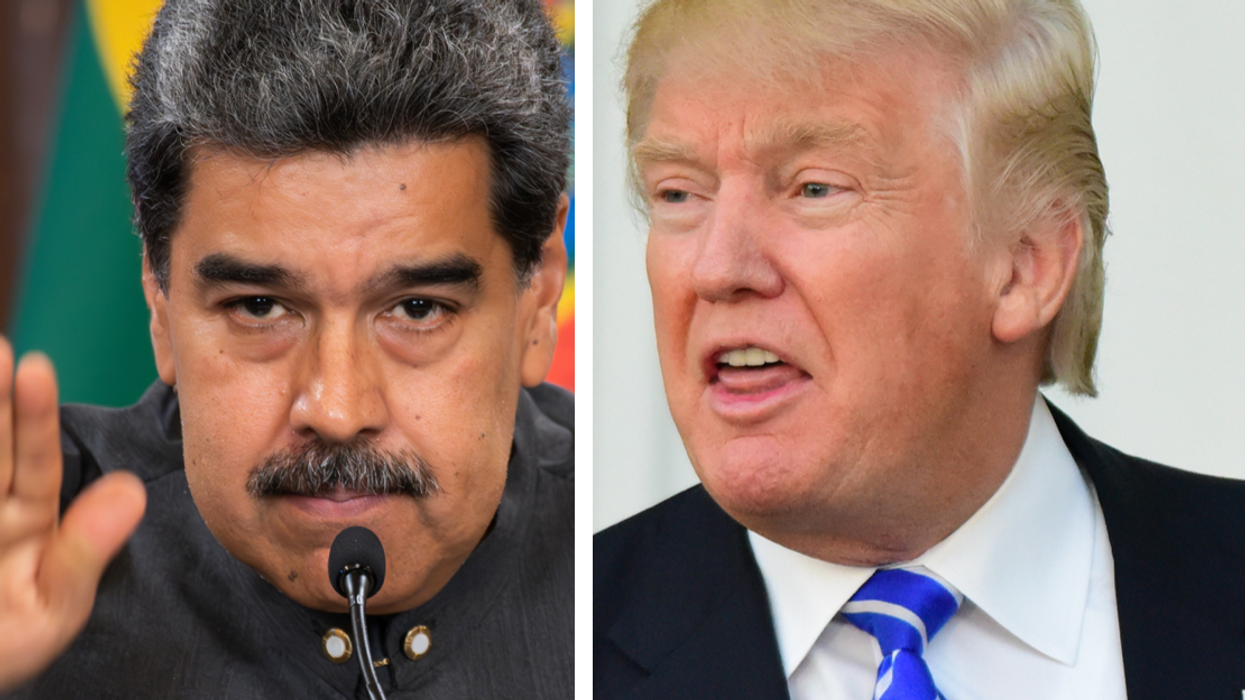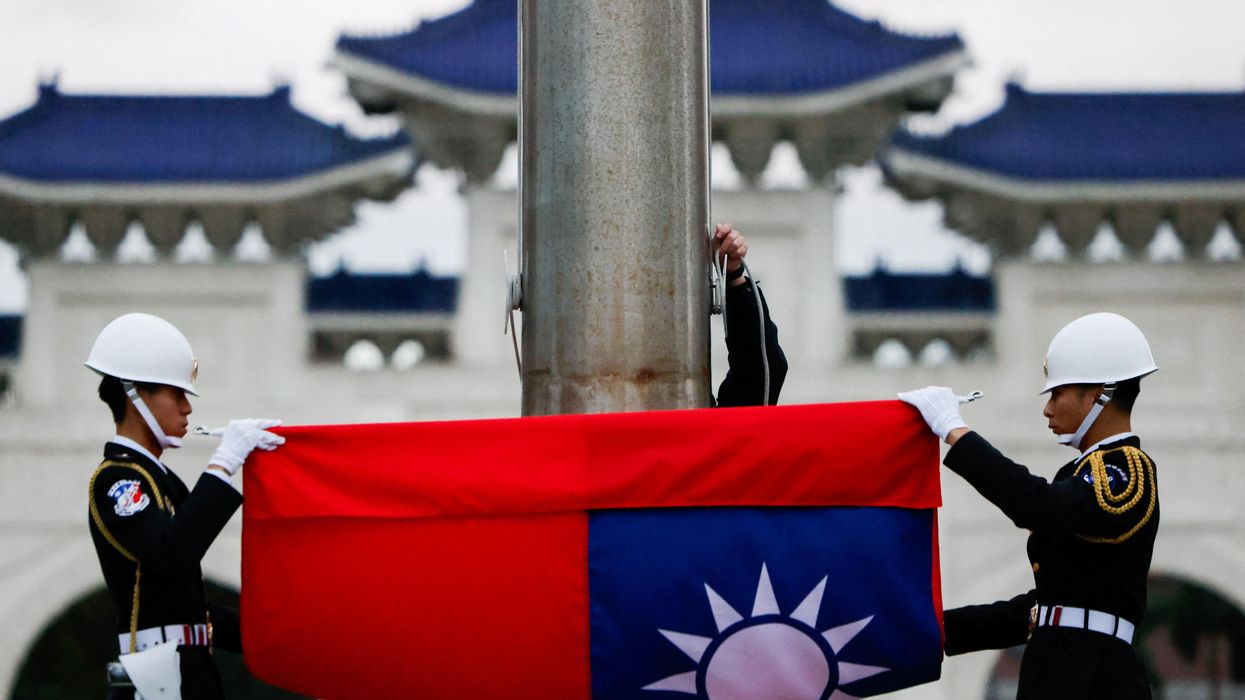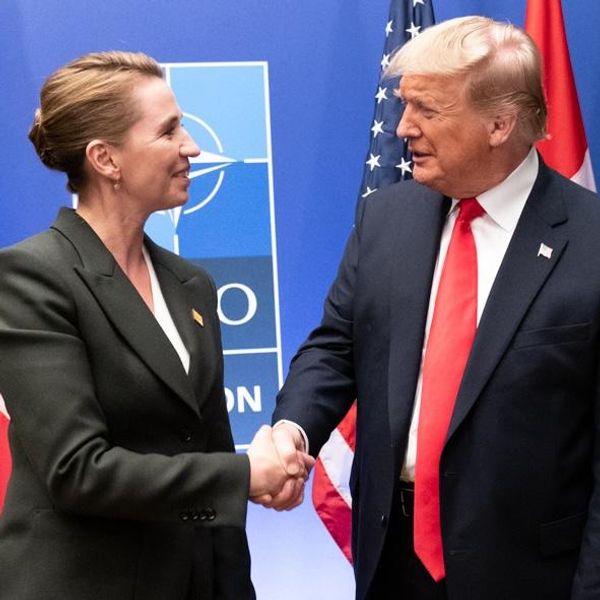The unipolar moment is over, and the U.S. must adapt its foreign policy to an increasingly multipolar world. The old overly ambitious strategy of liberal hegemony is ill-suited to the new realities of the 21st century. Moreover, the U.S. is badly overstretched with too many commitments around the world, and it needs to chart a different course if it is to prosper in the decades to come.
To meet that need, Emma Ashford — a senior fellow at the Stimson Center — lays out the case for a new pragmatic grand strategy of realist internationalism in her valuable new book, “First Among Equals: U.S. Foreign Policy in a Multipolar World.”
The book is split into two halves. The first reviews the history of U.S. foreign policy since the end of the Cold War and how the unipolar moment has been gradually giving way to “unbalanced multipolarity.” In unbalanced multipolarity, the U.S. and China are the “predominant powers,” but there are also many “capable second-tier powers” made up of both U.S. allies and other rising powers.
Ashford makes a good case that this multipolarity is real and that the U.S. will have to change how it operates in the world to flourish in these new conditions. Instead of pursuing dominance and global “leadership,” Ashford urges the U.S. to foster multipolarity and to encourage allies to become less dependent on America.
The second half is Ashford’s defense of what she calls realist internationalism. The main outlines of realist internationalism will be familiar to advocates of restraint and they are largely consistent with what most restrainers have proposed in recent years. In broad strokes, the U.S. under realist internationalism would significantly reduce its military presence in both Europe and the Middle East and shift the burden for security to wealthy and capable allies wherever possible, but it would increase the overall resources and attention devoted to Asia and the Pacific.
The U.S. would remain engaged in the first two regions, but this would primarily take the form of diplomacy and commerce. There would also be greater investment in non-military tools of statecraft and a shift away from economic coercion to deeper economic engagement with the world. U.S. foreign policy would be less heavily militarized, but U.S. engagement would continue and, in some ways, intensify. As Ashford puts it, “Engagement — but for far more limited ends — is the watchword of this book.”
The direction of U.S. foreign policy is more up for grabs than it has been in decades, and there are several different paths that the U.S. could take. In one of the early chapters, Ashford discusses these alternatives in an overview of four competing groups vying to shape the future of U.S. foreign policy.
She sees four main contenders in current foreign policy debates: liberal-order primacists, “America first” hawks, progressive worldbuilders, and realist-restrainers. She defines each group by identifying how each one approaches key questions about the U.S. role in the world. These include, among others, how each group understands U.S. national interests, which regions they prioritize, how much of a forward military presence they support, their view of allies, and how willing they are to use force.
“First Among Equals” is a defense of a restrained foreign policy, but Ashford’s analysis of the different groups’ strengths and weaknesses is balanced. She calls attention to the flaws of each approach, and she acknowledges that each strategy has potential pitfalls and risks. Restrainers will appreciate most or all of Ashford’s policy recommendations in the second part of the book, but this isn’t a book only for advocates of realism and restraint.
As Ashford acknowledges, there are some important overlaps between realist-restrainers and progressive worldbuilders that can make them allies in the struggle to make U.S. foreign policy more peaceful and less destructive. Realist-restrainers and progressive worldbuilders may have different ultimate goals for U.S. foreign policy, but they share an opposition to militarism and meddling in the affairs of other countries that puts them on the same side in many current policy debates.
As a practical matter, if realist-restrainers are going to make any progress towards realizing something like realist internationalism, they will need partners on the left to achieve that. “If a realist internationalist strategy is to be implemented, it will likely need to draw support from some subset of both political parties — not merely from one.”
The discussion of proposed U.S. withdrawals from Europe and the Middle East is probably the best part of the book. This is where realist internationalism breaks with the status quo most sharply, and these are changes that have been needed for a very long time. Ashford proposes that the U.S. should have no significant troop presence in Europe within 10 years. If that sounds extreme, consider how bizarre it is that the U.S. still has a substantial military presence in Europe more than three decades after the collapse of the Soviet Union. This is a long overdue correction.
In the Middle East, Ashford argues that the U.S. should withdraw its ground forces and close most of its bases in the region in the next five to 10 years, leaving only a small naval force to guard shipping lanes. She is right to reject attaching conditions to these withdrawals. Whenever a withdrawal is “conditions-based,” that becomes an excuse to delay it indefinitely.
Ashford’s realist internationalism would be a huge improvement over the status quo. The U.S. would benefit from defining its interests much more narrowly and reducing its security commitments. The U.S. would be less likely to join and start unnecessary wars, and it wouldn’t have to maintain such a large military presence overseas. If the U.S. were fostering multipolarity, it would not be waging senseless economic wars against Brazil and India, but it would be seeking to strengthen ties with both. If the U.S. moved away from using sanctions it would not be inflicting collective punishment on tens of millions of people around the world.
Realist internationalism would be more pragmatic and restrained strategy for the United States, and it would also be less likely to harm other countries.
“First Among Equals” is an important contribution to the debate about the direction of U.S. foreign policy. Ashford has done an excellent job in mapping out what a better, more restrained strategy would look like in practice. U.S. policymakers would do well to read this book and follow her recommendations.
















